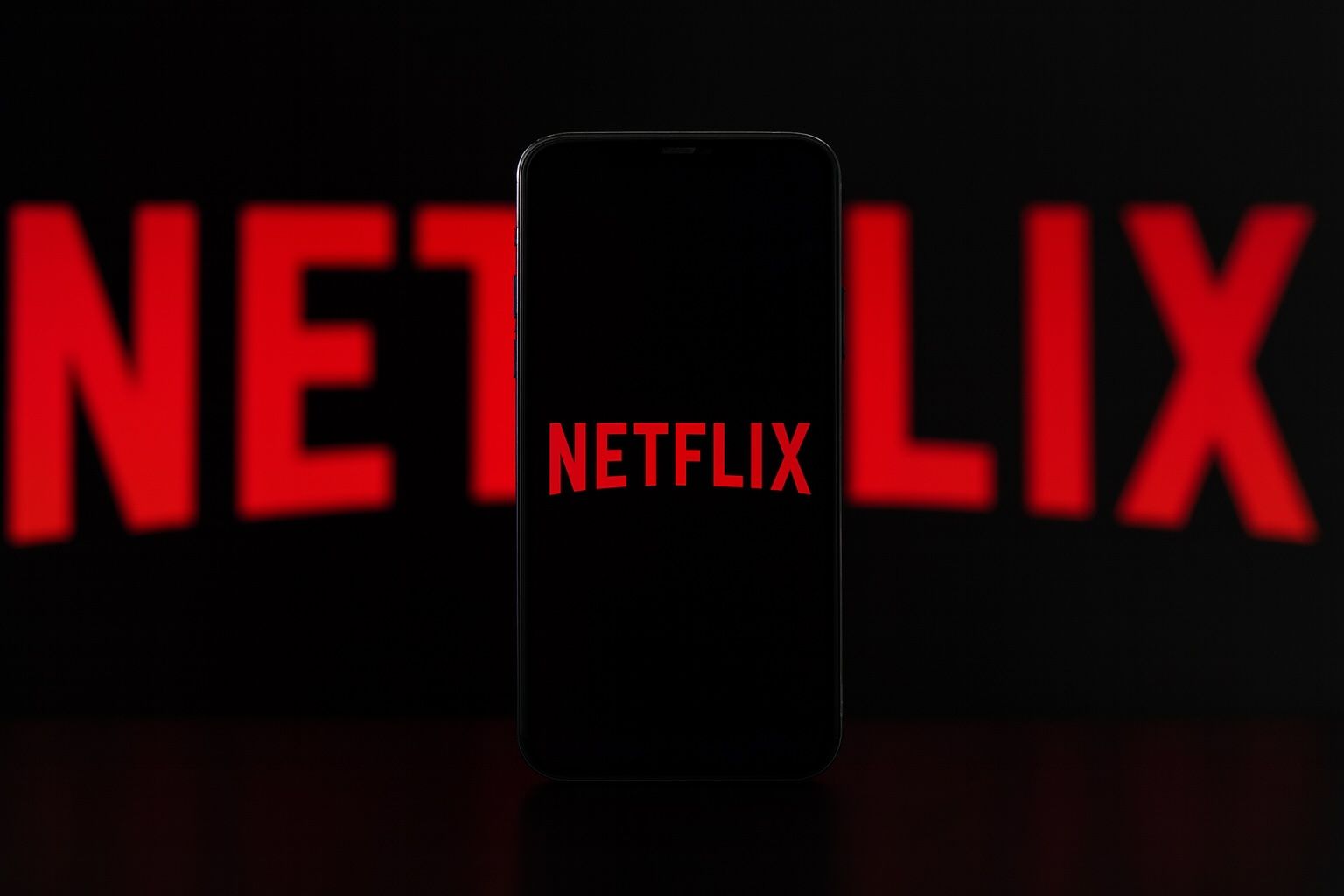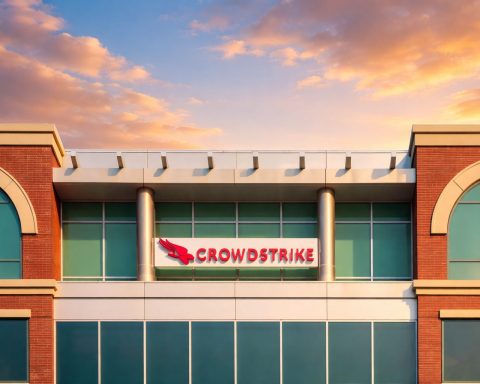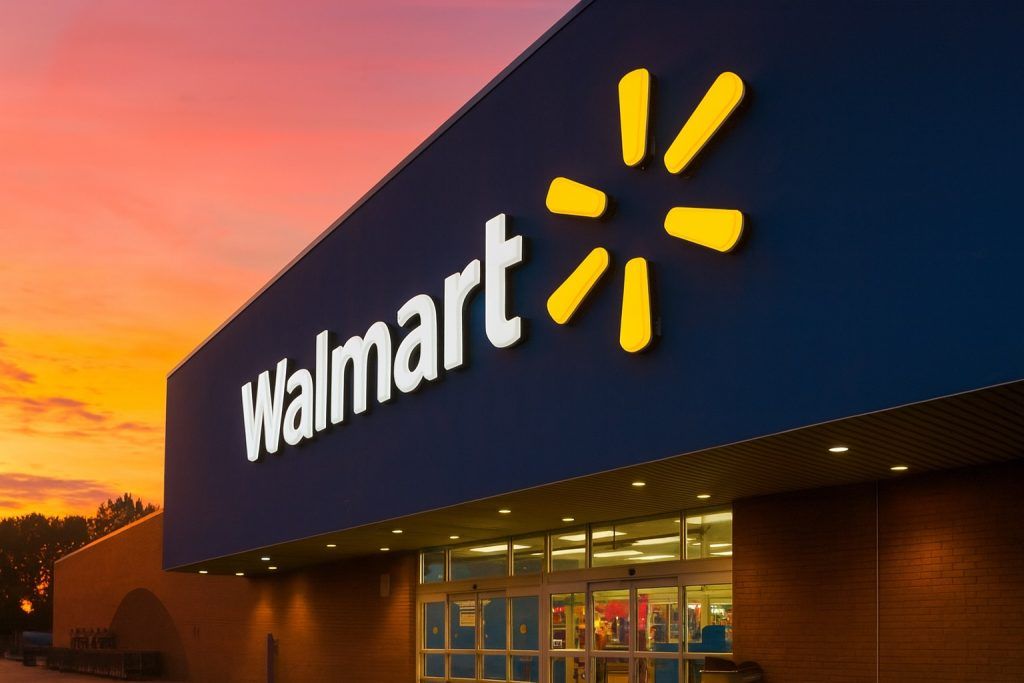- Stock slide: Netflix shares plunged roughly 10% on Oct. 22 after its latest earnings report [1], trading around ~$1,110 on Oct. 23 (vs. mid-October highs above $1,240) [2] [3].
- Earnings results: Q3 revenue rose ~17% year-over-year to about $11.51 billion (in line with forecasts) [4] [5], but EPS came in at $5.87 vs. ~$6.97 expected [6] [7]. A one-time $619 million tax charge in Brazil dented profits [8] [9].
- Subscribers and content: Netflix now has roughly 302 million paid global subscribers [10] (vastly more than Disney+’s ~126 million [11]). Growth has been fueled by hits like K-Pop Demon Hunters (Netflix’s biggest movie ever) and upcoming seasons (e.g. Stranger Things S4) as well as live events (NFL games on Christmas Day, 2025 FIFA Women’s World Cup) [12] [13]. Netflix no longer reports subscriber adds, instead focusing on revenue and engagement.
- Advertising & initiatives: The ad-supported tier continues to expand (now ~94 million monthly users) [14]. Netflix reported its best-ever quarter of ad sales [15]. The company is also pushing into gaming (120+ mobile titles) and AI features (AI-powered search and creator tools) [16]. Partnerships include hosting Spotify’s video podcasts (e.g. Bill Simmons Podcast) [17] and a global co-marketing deal with brewer AB InBev (Budweiser) to tie Netflix shows to beer promotions [18].
- Competition & pricing: Competitors are raising prices. Disney+ and HBO Max hiked subscription fees this fall, which analysts say gives Netflix “cover” to raise its own prices [19] [20]. Amazon Prime Video is doubling down on ads and live sports (e.g. streaming the NFL Black Friday game to 240+ countries [21]) to bolster growth. Overall, Netflix remains the U.S. streaming leader (~20–27% market share [22]), but faces intensifying competition from these platform moves.
- Analyst outlook: Most Wall Street analysts remain bullish. Roughly 23 of 26 rate NFLX a “Buy,” with 12-month price targets clustering around $1,330–$1,340 [23]. Optimistic targets reach $1,500 (e.g. Bernstein, Evercore, Wedbush), while the most conservative call is about $1,300 (Goldman Sachs) [24]. Some firms have trimmed targets after the Q3 miss, but others (Evercore ISI) urged investors to “buy the dip,” noting that streaming peers’ price hikes give Netflix room to boost rates [25] [26].
Q3 Earnings and Stock Reaction
Netflix’s Oct. 21 report showed continued growth but missed the street’s profit expectations, triggering a sharp sell-off. The company reiterated robust revenue guidance (about $44–45 billion for 2025) and Q4 revenue forecast (~$11.96 billion, up ~17% YoY) [27] [28]. Still, the unexpected Brazilian tax hit meant EPS of $5.87 fell well short of the ~$6.97 consensus [29] [30]. As a result, Netflix stock opened about 8% lower on Oct. 22 and traded down to roughly $1,110 (nearly 10% below the prior close) [31] [32]. By the day’s end, Netflix had given back almost all of its post-earnings gain (the stock had closed at $1,241.35 on Oct. 21 [33]).
Investor sentiment had been cautious going in. Matt Britzman of Hargreaves Lansdown notes that Netflix’s forward P/E ratio is near 40, “far more than other media companies” [34], meaning the stock’s lofty valuation demands outstanding execution. Britzman warned that with Netflix shares already “above its long-term average,” the company faces “added pressure not just to deliver but to exceed” expectations [35] [36].
Subscribers, Content Pipeline, and Growth
Despite the miss, Netflix’s core business remains strong. The company says it now has about 302 million paying subscribers worldwide [37] – dwarfing Disney+’s ~126 million [38] and roughly on par with Amazon Prime Video’s global base. This growth is driven by hit content (Korean animated features, returning series, etc.) and an expanding global footprint. Management is banking on a full slate of year-end releases (including Stranger Things Season 4 and multiple NFL games) to boost engagement, although it has stopped reporting raw subscriber adds.
In emerging areas, Netflix is showing traction. Its advertising-based tier (added late 2022) now boasts roughly 94 million monthly users [39], which has accelerated revenue and margins. The company said Q3 saw its strongest-ever ad sales quarter [40]. Netflix is also experimenting with interactive content and AI features. It has invested over $1 billion in video games (120+ titles) [41] and is “all in” on generative AI tools for creators [42], though gaming revenue remains very small to date.
Partnerships and New Revenue Channels
To monetize its ecosystem, Netflix is striking new partnerships. A key example is the recent global co-marketing deal with Anheuser-Busch InBev (Budweiser), announced in late September [43]. Under this partnership, AB InBev will promote Netflix’s biggest shows (from the UK drama The Gentlemen to the Korean Culinary Class Wars) on beer packaging and digital campaigns, and it will advertise during Netflix’s live sports broadcasts. Marcel Marcondes, global CMO of AB InBev, observed that “streaming is a social and shared experience — it’s an occasion where beer and entertainment come together,” highlighting Netflix’s appeal to advertisers [44].
Netflix is also branching into adjacent markets. In early 2026 it plans to host select Spotify video podcasts (e.g. the Dave Chang and Bill Simmons shows) on its platform [45]. These moves complement Netflix’s core content strategy and expand its engagement with audiences (and advertisers) beyond traditional TV shows.
Analyst Views and Stock Outlook
The street’s response to Netflix’s recent developments has been mixed but generally positive over the longer term. As noted, a large majority of analysts maintain Buy or equivalent ratings on NFLX [46]. Barclays analyst Kannan Venkateshwar reiterated a Neutral view (target ~$1,100) and cautioned that much of Netflix’s current strength “is already reflected in expectations and valuation,” with few obvious near-term catalysts [47]. JPMorgan has a Neutral stance ($1,275 target), noting that Netflix’s Q3 and Q4 results were solid but offered limited upside beyond what was priced in.
On the bullish side, Bank of America argues the miss is largely due to accounting (the Brazil tax) and is not a fundamental weakness. BofA kept a Buy rating ($1,490 target), projecting that Netflix’s advertising revenue will “more than double next year” and that favorable pricing trends support growth [48]. UBS (Buy, $1,495 target) sees Netflix as a long-term winner, expecting “strong growth in Q4 [to] provide momentum into next year” and noting possible acquisitions (even Warner Bros. assets) to expand its library [49]. Morgan Stanley (Overweight, $1,500 target) also remains upbeat: analyst Benjamin Swinburne points to 17% revenue growth (ex-currency) and improving advertising traction, calling Netflix’s growth trajectory “bullish” through 2026 [50].
Overall, price targets tend to cluster in the $1,300–1,500 range [51], implying 15–30% upside from current levels. As one Evercore ISI analyst put it, recent competitor price hikes actually give Netflix “cover” to raise its prices too, suggesting the stock dip may be a buying opportunity [52] [53].
Competition and Market Context
Netflix is often compared to other streaming giants. Recent moves by rivals set the industry backdrop: Disney+ raised its subscription prices again on Oct. 21 (third increase in three years) [54], and HBO Max quietly raised fees in October as well. These hikes, while unpopular with price-sensitive viewers, signal confidence in content demand and help lift sector revenue. Evercore notes that with Disney+ and HBO Max upping prices, Netflix can follow suit without losing ground [55].
Meanwhile, Amazon continues to aggressively expand Prime Video’s content. Notably, Prime will stream the NFL’s Nov. 28 “Black Friday Football” game (Bears vs. Eagles) globally for free, marking Amazon’s first worldwide NFL broadcast [56]. This move underscores intensifying competition for live sports and ad dollars. Netflix’s own entry into live sports (NFL on Christmas, World Cup soccer) is a response to this trend, aimed at attracting new viewers.
Beyond streaming rivals, non-traditional players (YouTube, TikTok) are also vying for viewers’ attention, but Netflix’s deep content library and tech edge (recommendation algorithms, global rollout) keep it well-positioned. As PP Foresight’s Paolo Pescatore notes, in the absence of subscriber metrics, “some advocates are grasping at straws to find any sign of weakness, as the company is faring much stronger than its rivals” [57].
Risks and Opportunities
Risks: Netflix faces a rich valuation and intense competition. Its forward P/E near 50x (Reuters) means even small disappointments can spook investors [58]. Content costs remain high (Netflix still plans heavy investment, though below revenue growth), and new initiatives like gaming have yet to pay off. Macroeconomic headwinds (slowing consumer spending) could also pressure subscriber growth or ARPU. The recent Brazil tax dispute shows that geopolitical and regulatory issues can pop up unexpectedly.
Opportunities: On the other hand, Netflix has multiple growth levers. Advertising remains in the early innings – its 94 million ad users two years after launch suggest big upside for incremental ad revenue. Sports and live events partnerships open lucrative new audiences (with cross-promotion deals like AB InBev’s). Emerging markets still have room to grow. And Netflix’s strong content pipeline – bolstered by data-driven hits and global hits – has historically attracted and retained viewers. Management is also exploring M&A strategically, in contrast to its past all-organic approach, which could enhance its content library.
In the near term, analysts expect Netflix’s 2025 revenue to hit ~$44–45 billion (about +16% YOY) [59]. If Netflix meets or beats its forecasts, especially by maintaining its subscriber and ad momentum, the consensus view is that it can justify its high stock price. As Britzman observes, “expectations were already high,” so Netflix will need standout execution to regain investor confidence [60]. For long-term investors, this dip may be a chance to buy in before anticipated price hikes and subscriber gains kick in.
Sources: Key data and quotes in this article are drawn from Netflix’s official reports and public filings, along with coverage by Reuters [61] [62], TradeAlgo [63] [64], IG Bank analysis [65], Zacks/Finviz [66], TS2.tech [67] [68], and other reputable financial news outlets. All stock prices, forecasts, and analyst comments are as of Oct. 23, 2025.
References
1. www.reuters.com, 2. ts2.tech, 3. finviz.com, 4. www.tradealgo.com, 5. ts2.tech, 6. www.tradealgo.com, 7. ts2.tech, 8. ts2.tech, 9. www.reuters.com, 10. ts2.tech, 11. ts2.tech, 12. ts2.tech, 13. www.reuters.com, 14. ts2.tech, 15. www.ig.com, 16. ts2.tech, 17. ts2.tech, 18. www.reuters.com, 19. www.reuters.com, 20. ts2.tech, 21. www.nfl.com, 22. ts2.tech, 23. ts2.tech, 24. ts2.tech, 25. ts2.tech, 26. www.reuters.com, 27. www.tradealgo.com, 28. ts2.tech, 29. www.tradealgo.com, 30. ts2.tech, 31. ts2.tech, 32. finviz.com, 33. ts2.tech, 34. www.reuters.com, 35. www.reuters.com, 36. ts2.tech, 37. ts2.tech, 38. ts2.tech, 39. ts2.tech, 40. www.ig.com, 41. ts2.tech, 42. ts2.tech, 43. www.reuters.com, 44. www.reuters.com, 45. ts2.tech, 46. ts2.tech, 47. www.tradealgo.com, 48. www.tradealgo.com, 49. www.tradealgo.com, 50. www.tradealgo.com, 51. ts2.tech, 52. www.reuters.com, 53. ts2.tech, 54. www.webpronews.com, 55. www.reuters.com, 56. www.nfl.com, 57. www.reuters.com, 58. ts2.tech, 59. www.tradealgo.com, 60. www.reuters.com, 61. www.reuters.com, 62. ts2.tech, 63. www.tradealgo.com, 64. www.tradealgo.com, 65. www.ig.com, 66. finviz.com, 67. ts2.tech, 68. ts2.tech







